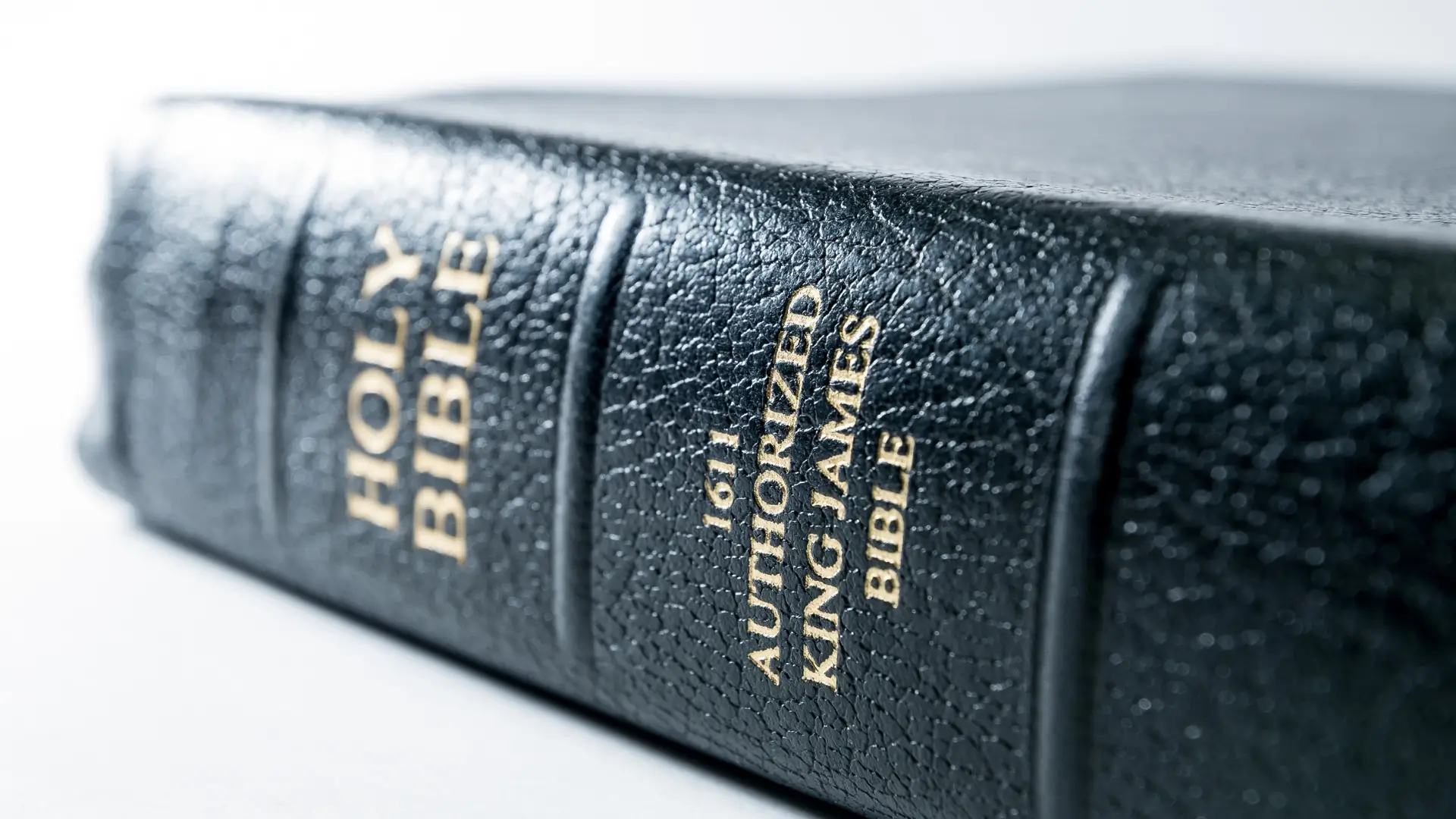Defining a Christmas Movie
To determine whether “Die Hard” is a Christmas movie, we must first establish what constitutes a Christmas movie.
A Christmas movie is a film that solely relies on the values and meaning of Christmas. It embodies the spirit of the holiday, weaving themes of love, generosity, family, redemption, and the miraculous into its narrative.
The setting, characters, and plot are intrinsically linked to Christmas, such that removing the holiday setting would fundamentally alter the story.
If a movie can be rewritten without the Christmas backdrop and still retain its core narrative and themes, then it is merely a movie set at Christmas time—not a Christmas movie.
Is Die Hard a Christmas Movie?
Based on this definition, “Die Hard” is not a Christmas movie. While the film is set during the Christmas season and incorporates holiday elements, these aspects are not essential to the core storyline.
The plot revolves around an action-packed hostage situation, personal heroism, and the battle against terrorism—themes that are not inherently tied to Christmas.
The Christmas setting serves as a backdrop rather than a fundamental component of the narrative. Therefore, “Die Hard” can be rewritten without the holiday elements, and the story would remain largely unchanged.
1. The Role of Christmas in “Die Hard”

“Die Hard” takes place on Christmas Eve, with the festive atmosphere providing a contrasting backdrop to the intense action unfolding within Nakatomi Plaza. Key Christmas elements in the film include:
- Christmas Party: The hostage situation occurs during a corporate Christmas party.
- Decorations and Music: The building is adorned with Christmas decorations, and holiday music is interspersed throughout the film.
- Seasonal References: Characters make occasional references to Christmas, such as John McClane’s “Now I have a machine gun. Ho-ho-ho” message.
However, these elements are peripheral to the main plot.
The core storyline focuses on John McClane’s efforts to thwart a group of terrorists and save the hostages, including his estranged wife.
The Christmas setting does not drive the plot forward or influence the characters’ motivations in a way that is unique to the holiday.
2. Rewriting “Die Hard” Without Christmas

To illustrate that “Die Hard” is not fundamentally a Christmas movie, let’s explore how the film’s key scenes and narrative would remain intact if the Christmas elements were removed or replaced with a non-holiday setting that still allows for vulnerability and personal stakes—such as the CEO’s birthday.
Original Scene: The Christmas Party
- Setting: A Christmas Eve party at Nakatomi Plaza.
- Purpose: Employees gather to celebrate the holiday, providing a reason for the large number of people in the building after hours.
- Plot Development: The party allows the terrorists to take a significant number of hostages, elevating the stakes.
Rewritten Scene: The CEO’s Birthday Celebration
- Setting: A grand birthday party for the CEO of Nakatomi Corporation.
- Purpose: Employees and important clients gather to honor the CEO, explaining the after-hours occupancy.
- Plot Development: The celebration provides the terrorists with ample hostages, including high-profile individuals, increasing the stakes.
Analysis: The CEO’s birthday party serves a similar function to the Christmas party.
It creates a gathering that brings together many people, including the protagonist’s estranged wife.
The personal stakes and vulnerabilities are maintained, as the event is significant for both the company and the characters involved.
Original Scene: Holiday Decorations and Music
- Visuals: Christmas trees, lights, and decorations throughout the building.
- Audio: Christmas songs playing in the background, adding to the festive atmosphere.
- Symbolism: The juxtaposition of holiday cheer with violent action creates a stark contrast.
Rewritten Scene: Birthday Festivities and Decor
- Visuals: Elegant decorations themed around the CEO’s interests or company achievements—balloons, banners, and sophisticated lighting.
- Audio: Live music or curated playlists appropriate for a high-profile birthday event.
- Symbolism: The celebration of the CEO’s life and success contrasts with the imminent danger, maintaining the thematic tension.
Analysis: Replacing Christmas decorations with birthday-themed decor does not affect the narrative’s progression.
The contrast between the celebratory environment and the unfolding crisis remains effective, preserving the original scene’s impact.
Original Scene: Personal Motivations Tied to Christmas
- John McClane’s Visit: John travels to Los Angeles to reconcile with his wife during the holidays.
- Emotional Stakes: The season of goodwill underscores his desire to mend their relationship.
Rewritten Scene: Personal Motivations Tied to the Birthday Event
- John McClane’s Visit: John’s wife invited him as she is nearing a promotion and expects it at the party, hoping to reconcile and support her on this important occasion, John flies in to see her.
- Emotional Stakes: The significance of the event provides a natural opportunity for John to reconnect with his wife, mirroring the original intent.
Analysis: The CEO’s birthday, and the impending promotion, offer a compelling reason for John to be present, maintaining the personal stakes and vulnerability associated with the original holiday setting.
The desire to reconcile is still driven by a meaningful occasion, reinforcing character motivations.
3. Humorous Elements and Seasonality
One of the memorable moments in “Die Hard” is when John McClane sends a minor villain’s body down a flight of stairs wearing a Santa hat as a grim warning to the main antagonist, Hans Gruber.
This scene blends dark humor with action, underscored by the holiday motif.
Original Scene: Santa Hat Incident
- Context: After dispatching a minor villain, McClane drapes a Santa hat over the fallen enemy’s head before sending him down the stairs.
- Humorous Element: The incongruity of the cheerful Santa hat juxtaposed with the violent action creates a darkly humorous visual, highlighting McClane’s resourcefulness and irreverence.
- Seasonal Tie-In: The Santa hat explicitly ties the humor to the Christmas setting, reinforcing the holiday atmosphere.
Rewritten Scene: Birthday Hat Incident
- Context: After neutralizing a minor villain, McClane places a birthday hat on the character’s head before sending him down the stairs.
- Humorous Element: The cheerful birthday hat maintains the same incongruity with the violent action, preserving the dark humor and visual impact.
- Seasonal Tie-In: The birthday hat serves as an alternative festive element, providing a similar layer of humor without referencing Christmas.
Analysis: The comedic effect remains consistent whether the hat is a Santa hat or a birthday hat.
The humor arises from the unexpected combination of festivity with violence, rather than the specific holiday the hat represents.
This demonstrates that the humorous elements in “Die Hard” are not inherently tied to Christmas but rather to the juxtaposition of festive symbols with intense action.
Replacing the Santa hat with a birthday hat shows that the scene’s humor is independent of the Christmas setting, further supporting the argument that “Die Hard” is not a Christmas movie.
Comparing Die Hard to True Christmas Movies
If you just compare Die Hard to true Christmas movies like “A Christmas Carol” or “It’s a Wonderful Life” then there is a clear divide.
Stripping either of these movies of their Christmas theme or characters would destroy the entire essence of these movies.
This clearly highlights the difference between true Christmas movies and Die Hard.
Conclusion
“Die Hard” is an iconic action film that, while set during Christmas, does not rely on the holiday’s themes or values to drive its narrative.
The story focuses on John McClane’s battle against terrorists to save his wife and other hostages, emphasizing courage, ingenuity, and personal resolve—qualities not exclusive to the Christmas season.
By replacing the Christmas setting with an event like the CEO’s birthday, we see that the film’s essential elements remain unaffected.
The personal stakes, character motivations, and plot progression are preserved, reinforcing the argument that “Die Hard” is not inherently a Christmas movie.
A true Christmas movie is one where the holiday is indispensable to the story, themes, and character development.
In such films, removing Christmas would fundamentally alter the narrative and diminish its intended message. “Die Hard” does not meet these criteria, as its plot and themes are independent of the Christmas context.
Therefore, while “Die Hard” may be a beloved tradition for some during the holiday season, it is not a Christmas movie by definition.
It is a masterful action thriller set against a festive backdrop, but its core identity lies in its action genre, not in Christmas storytelling.






